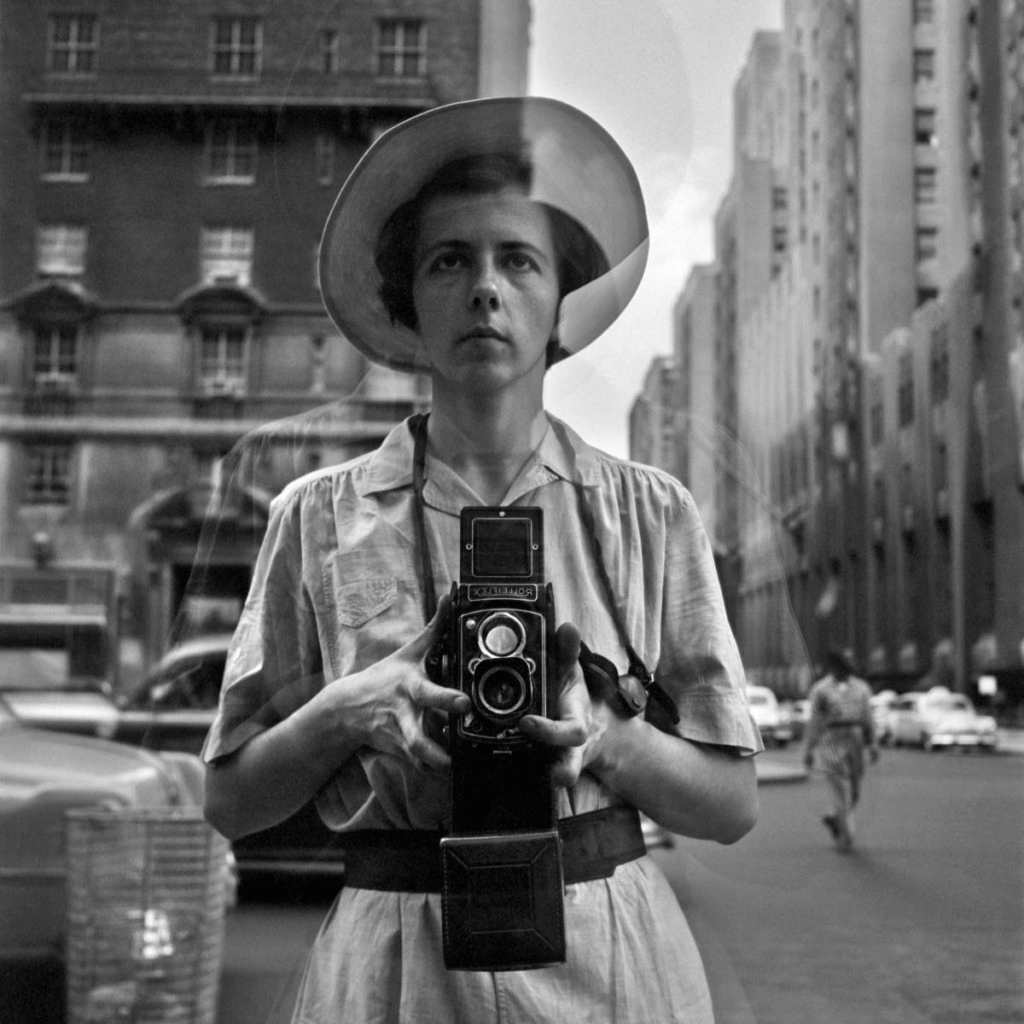The Best Guide To Framing Streets
The 5-Second Trick For Framing Streets
Table of ContentsNot known Factual Statements About Framing Streets The 6-Second Trick For Framing StreetsWhat Does Framing Streets Do?Things about Framing StreetsThe Only Guide for Framing Streets5 Simple Techniques For Framing Streets
Photography genre "Crufts Dog Show 1968" by Tony Ray-Jones Road photography (also in some cases called honest digital photography) is photography performed for art or query that features unmediated opportunity experiences and random incidents within public areas, typically with the purpose of catching images at a definitive or touching moment by mindful framing and timing. 
Framing Streets Can Be Fun For Anyone
Susan Sontag, 1977 Road digital photography can concentrate on people and their actions in public. In this regard, the road photographer is comparable to social docudrama professional photographers or photographers that also work in public places, however with the objective of catching newsworthy occasions. Any of these professional photographers' photos may record individuals and residential or commercial property visible within or from public places, which commonly requires browsing honest concerns and regulations of personal privacy, security, and home.
Depictions of daily public life form a category in almost every period of globe art, starting in the pre-historic, Sumerian, Egyptian and early Buddhist art periods. Art handling the life of the street, whether within sights of cityscapes, or as the leading concept, shows up in the West in the canon of the Northern Renaissance, Baroque, Rococo, of Romanticism, Realistic look, Impressionism and Post-Impressionism.
Getting The Framing Streets To Work
Louis Daguerre: "Boulevard du Temple" (1838 or 1839) In 1838 or 1839 the very first photo of figures in the street was tape-recorded by Louis-Jacques-Mand Daguerre in among a set of daguerreotype views extracted from his studio home window of the Blvd du Holy place in Paris. The second, made at the elevation of the day, reveals an uninhabited stretch of road, while the other was taken at about 8:00 am, and as Beaumont Newhall reports, "The Boulevard, so frequently loaded with a moving throng of pedestrians and carriages was completely solitary, except an individual that was having his boots combed.
His boots and legs were well specified, yet he is without body or head, since these were in movement." Charles Ngre, waterseller Charles Ngre. https://www.flickr.com/people/199855997@N03/ was the first digital photographer to acquire the technological class needed to register individuals in movement on the street in Paris in 1851. Digital Photographer John Thomson, a Scotsman collaborating with reporter and social lobbyist Adolphe Smith, released Road Life in London in twelve monthly installations starting in February 1877
A Biased View of Framing Streets
Eugene Atget is pertained to as a progenitor, not since he was the first of his kind, but as a result of the popularisation in the late 1920s of his document of Parisian roads by Berenice Abbott, who was inspired to take on a comparable paperwork of New York City. [] As the city developed, Atget helped to promote Parisian streets as a worthy topic for digital photography.

Things about Framing Streets
Martin is the initial taped digital photographer to do so in London with a masked cam. Mass-Observation was a social study organisation started in 1937 which aimed to videotape daily life in Britain and to tape the reactions of the 'man-in-the-street' to King Edward VIII's abdication in 1936 to wed divorce Wallis Simpson, and the succession of George VI. The principal Mass-Observationists were anthropologist Tom Harrisson in Bolton and poet Charles Madge in London, and their first report was created as the publication "May the Twelfth: Mass-Observation Day-Surveys 1937 by over 2 hundred observers" [] Home window cleaner at Kottbusser Tor, Berlin, by Elsa Thiemann c. 1946 The post-war French Humanist Institution photographers found their subjects on the street or in the restaurant. Andre Kertesz.'s commonly appreciated Images la Sauvette (1952) (the English-language version Full Report was labelled The Decisive Minute) advertised the concept of taking a photo at what he described the "crucial moment"; "when kind and material, vision and composition combined right into a transcendent whole" - Street photography.
Indicators on Framing Streets You Need To Know
The recording device was 'a concealed video camera', a 35 mm Contax concealed below his layer, that was 'strapped to the upper body and linked to a long cord strung down the appropriate sleeve'. Nevertheless, his work had little modern impact as due to Evans' level of sensitivities about the originality of his task and the privacy of his subjects, it was not published till 1966, in guide Several Are Called, with an introduction composed by James Agee in 1940.
Helen Levitt, after that an instructor of kids, related to Evans in 193839. She recorded the temporal chalk drawings - Street photography that became part of youngsters's road society in New York at the time, in addition to the kids that made them. In July 1939, Mo, MA's new digital photography section consisted of Levitt's operate in its inaugural exhibitRobert Frank's 1958 book,, was considerable; raw and typically out of emphasis, Frank's pictures questioned traditional photography of the time, "challenged all the official rules put down by Henri Cartier-Bresson and Walker Evans" and "contradicted the wholesome pictorialism and sincere photojournalism of American publications like LIFE and Time".